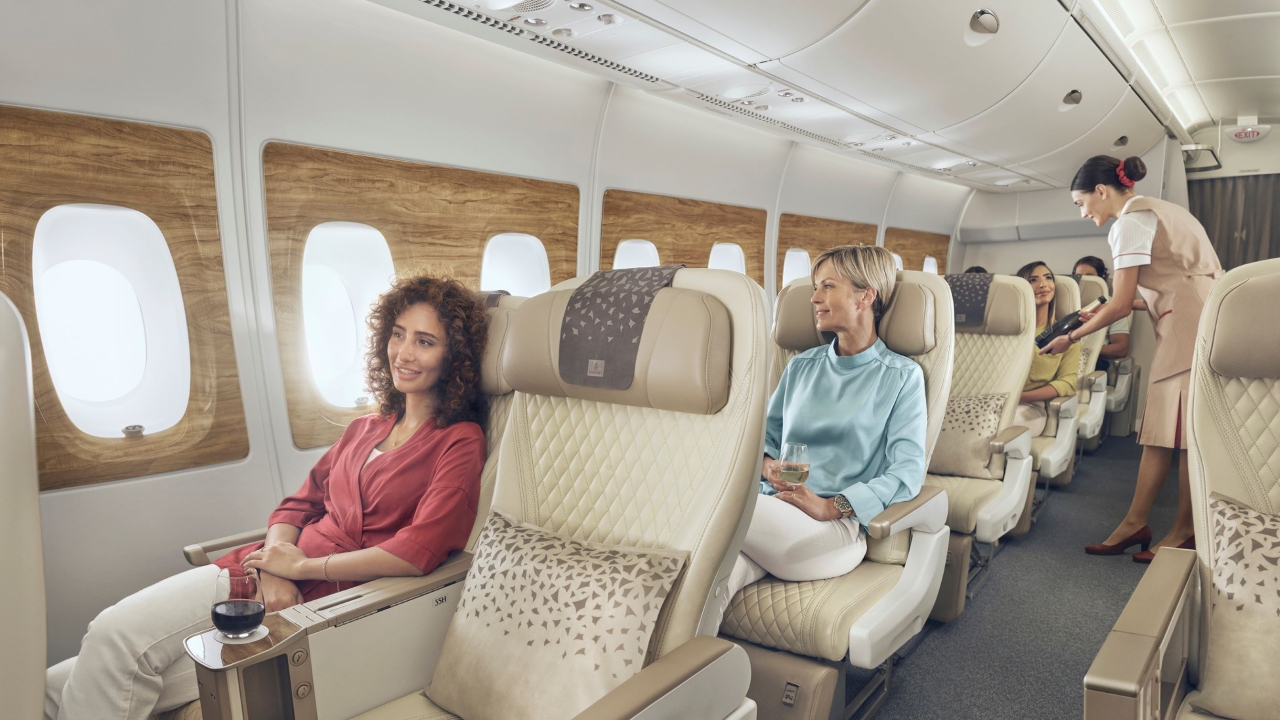Saudi firm develops new cost-saving lightweight aircraft interiors product

Sabic is one of the top six petrochemical companies in the world, and the largest public company in the Middle East.
The new products - clear Lexan XHR2000 sheet and Lexan Light F6L300 sheet — will help provide long awaited solutions to airlines’ quest for differentiated cabin interior designs while also helping to take out significant weight, resulting in a more fuel efficient aircraft. The Saudi company said that design engineers will benefit from the lightweight, durable materials which can help to reduce system costs, offer ease of fabrication and comply with the industry’s strict regulatory standards.
“Sabic understands the need for its aircraft interior customers to not only stay ahead of design trends, but also to meet the demand for lighter weight aircraft interior components that can help improve overall fuel efficiency of the aircraft,” said Kim Choate, marketing director.
Choate said that the two new sheets are “market-first solutions, created to help our customers remain at the forefront of innovation in this exciting environment where aesthetics, safety and sustainability are all critical.”
Choate explained that aircraft interior designers are often restricted by the clarity and compliance limitations of the transparent materials currently available to them. With 80% light transmission – the highest level of light transmission available in an OSU-compliant sheet material today – Sabic’s new clear XHR2000 sheet is a pioneering option for aircraft interiors with this level of transparency while still meeting OSU 65/65 heat release and typical industry flame, smoke, toxicity (FST) requirements. It facilitates the design of large components such as security partitions and oversized windows, which are becoming increasingly popular in top deck designs.
Additionally, Sabic say the sheet enables future innovation, helping designers find answers to unmet needs, such as the evolution of self-service refreshment stations on aircraft which require large transparent windows so that passengers can see what is available. Other potential applications include partitions, dust covers, instrument displays, entertainment screen partitions and divider panels, galley equipment panels, protective panels, stairs/railing panels, barriers, windows, mirrors, lighting lenses, door and refrigeration systems and printed, custom laminated applications that require transparent/translucent graphic designs.
Meanwhile, the light F6L300 sheet is the lightest thermoplastic sheet option available today regardless of base material that complies with flame, smoke and OEM toxicity. With a specific gravity of 0.85 g/cm3, it offers up to 40% weight savings when replacing traditional polyvinyl chloride and acrylic blend (PVC/PMMA) -based sheet products for potential applications such as seating parts, cockpit dashboard enclosures, partitions, luggage compartments and passenger service units.
Sabic figures suggest that using Lexan Light on seating frames for example can help reduce weight by approximately 121.6kg (268 lbs.) based on an aircraft with average of 190 seats, which can help the total commercial fleet save roughly 206,720 tons of fuel and 656,640 tons of carbon dioxide (CO2) per year.
Stay up to date
Subscribe to the free Times Aerospace newsletter and receive the latest content every week. We'll never share your email address.

